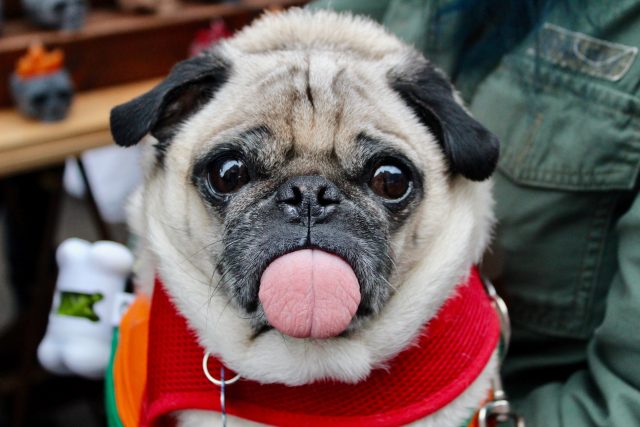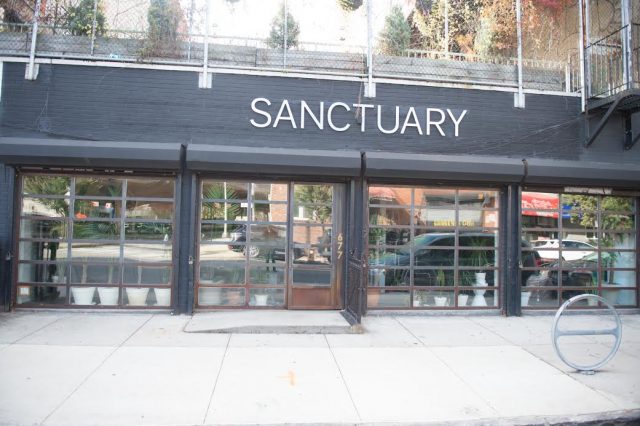
Struggling artists take note: Learn to count, study up on copyright law, and find any place you can to put your art, even if it’s your local bank. That’s what Jackie Battenfield says to all the bearded bookstore cashiers dreaming of a life doing only what they love. In fact, Battenfield, no slouch in the art world herself, says a lot more in her new book The Artist’s Guide: How to Make a Living Doing What You Love. A 340-page manifesto of sorts, this book could become the new life bible for all the struggling creative types in Brooklyn—and everywhere for that matter.
Battenfield, a painter, founder of Brooklyn’s Rotunda Gallery and former teacher at the Bronx Museum of the Arts, has written an often-step-by-step financial survival guide for artists. Battenfield’s basic, and simple, message is that artists need to apply the same principles to their personal art careers that they would to running a gallery or any other business. That means less time screwing around lamenting your misunderstood genius, and more time shaking hands and researching (that’s called networking, art people). Her book lists awards and fellowships to seek out for funding, help on how to fill out a resume, required reading (art dealer and gallery owner Edward Winkleman’s blog), and tips on how to report art income on taxes (get your “Schedule C” on). We stopped by her North Williamsburg studio to find out more.
Why don’t more artists approach their work like businesses?
I call it the “Van Gogh Myth,” where the perception in our society is that if you are a visual artist, you couldn’t also be good at math, and you can’t handle money well. There’s all those sort of myths about what creative individuals are like, so that many artists let themselves off the hook and think that they don’t need to develop other skill sets in order to manage their careers, that making the art is enough.

Can you jump right into a full-time art career after graduation?
I think it’s hard. School prepares you, teaches you how to make art, how to make your work, but it doesn’t necessarily give you the real-life opportunities that you need to kind of season what you do. Very few artists graduate from school right into full time art making. It’s just such an anomaly. If you want to be part of the art world, you should learn something other than the making part of it. Go out and be an assistant for another artist, work in a non profit, work at a gallery, work for an art mover, whatever. There are many art businesses that support the art world. Being a part of them, you learn something about the art world that you didn’t know before.
Is there common mistake most young artists always make?
They don’t really research all of the opportunities in the non-profits in their area. When I was running the Artists in the Marketplace program at the Bronx Museum, I would meet 18 artists who had jumped through a very high hoop to get into that program. They often were selected out of 400 applicants. They were definitely talented, interesting and very ambitious young artists. And the first week of my AIM program, I would say, “How many of you have submitted your work to Artists Space or White Columns?” Those are art registries that can lead to opportunities all over the world. I would name four or five prominent non-profits in the NY area, and only a few hands would go up.
Is it harder to make a living during a recession, when people aren’t buying as much art?
Yes, it is, which is why artists should never rely solely on sales of their art . In my book I recommend that artists develop multiple streams of income and develop a financial cushion of six months’ worth of savings so they are better protected if they go through a period of time when their work is not selling. Grants, in-kind donations, awards, barter are all aspects of a multiple income stream as are investment income, lecturing, consulting, renting out a studio share, part-time or temp work. Artists can also take particular skill sets and develop a freelance business. Those could be framing, shipping art, editing, proof reading, graphic design, illustration, web design and decorative painting, for instance. These are good options whether the economy is good or bad.
Find out more about Jackie Battenfield’s book here.
Leave a Reply



